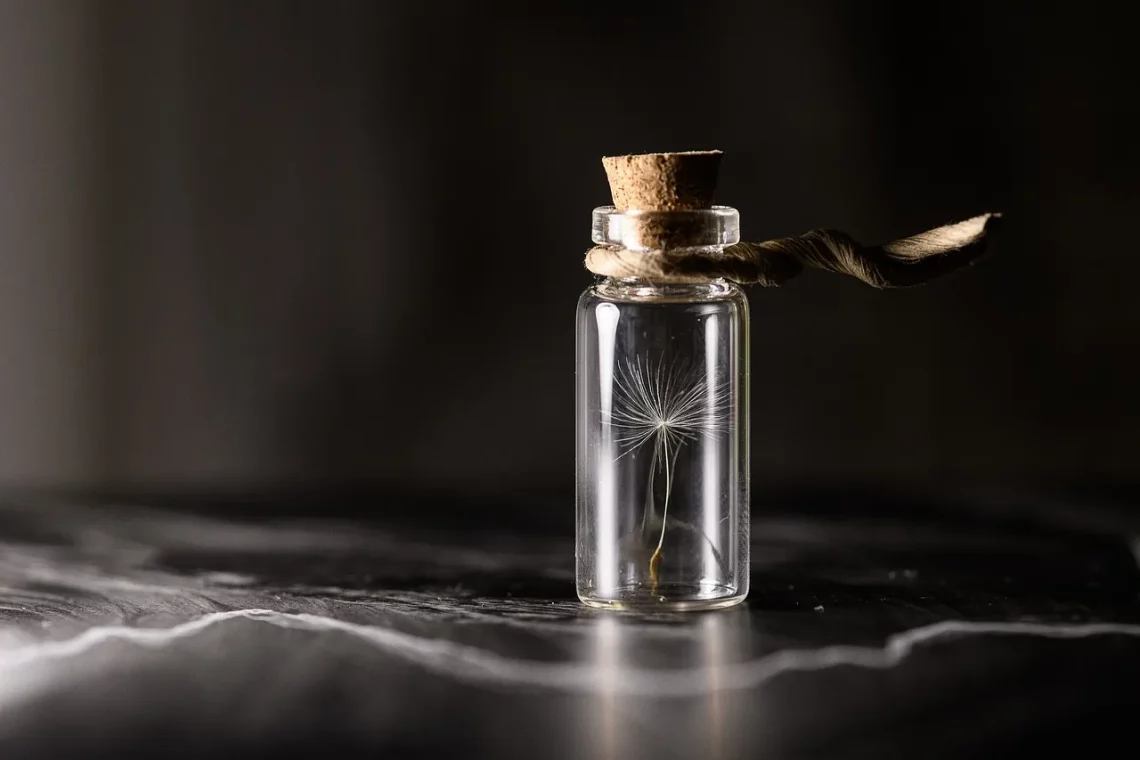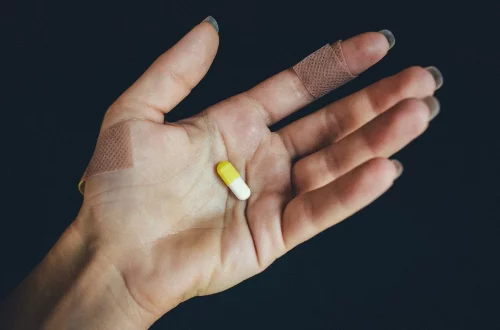
Essential Guide to Equine Breeding Mount Techniques and Practices
Equine breeding is a complex yet fascinating aspect of horse management that has captivated enthusiasts and professionals alike for centuries. The art of breeding horses encompasses a variety of techniques, with mounting being a critical component of the process. Understanding the intricacies of mounting techniques is essential for achieving successful breedings. Not only does it require a deep knowledge of equine behavior and anatomy, but it also necessitates a thoughtful approach to ensure the safety and comfort of both the mare and the stallion.
As horse owners and breeders strive to enhance and preserve the desired traits in their equine stock, mastering mounting techniques becomes paramount. The ability to effectively manage the breeding process can lead to healthier foals and a more rewarding experience for both the animals and their caretakers. This guide delves into the essential techniques and practices involved in equine breeding mounts, providing insights that can help ensure a successful outcome while fostering a deeper appreciation for the nuances of this captivating practice.
Understanding Equine Reproductive Anatomy
The foundation of successful equine breeding begins with a thorough understanding of the reproductive anatomy of both mares and stallions. The reproductive system of the mare includes the ovaries, oviducts, uterus, cervix, and vagina, each playing a crucial role in the breeding process. The ovaries produce eggs, which are then transported through the oviducts to the uterus, where fertilization occurs. Knowing how to assess the mare’s reproductive health via ultrasound or palpation can greatly enhance breeding success.
Stallions, on the other hand, possess a different set of anatomical features, including the testes, epididymis, vas deferens, and penis. The testes are responsible for producing sperm, which is crucial for fertilization. Understanding the volume and quality of sperm is essential for breeders, as it directly affects the chances of successful mating.
Moreover, familiarity with the estrous cycle in mares is vital. The cycle consists of various stages: proestrus, estrus, metestrus, and diestrus. Recognizing when a mare is in heat (estrus) allows breeders to time the breeding effectively, maximizing the likelihood of conception.
Additionally, factors such as age, health, and genetics must be considered when evaluating reproductive potential. A young, healthy mare will likely have better fertility rates than an older one. By understanding these anatomical and physiological aspects, breeders can make informed decisions and implement effective strategies to improve their equine breeding practices.
Best Practices for Preparing the Mare
Preparing the mare for breeding is a crucial step that significantly impacts the success of the mounting process. A well-prepared mare not only ensures a smoother experience for the stallion but also reduces stress and anxiety, which can adversely affect breeding outcomes.
First and foremost, it is essential to ensure the mare is in optimal health. Regular veterinary check-ups, vaccinations, and a balanced diet contribute to her overall well-being. A healthy mare is more likely to conceive and carry a foal to term. Additionally, dental care should not be overlooked, as poor dental health can lead to nutritional deficiencies and affect overall health.
Before breeding, it is also advisable to conduct a thorough reproductive examination. This may include ultrasound assessments to check for any abnormalities in the reproductive tract, as well as evaluating the mare’s estrous cycle. Understanding her cycle will help determine the best timing for breeding.
Another critical aspect of preparing the mare is her environment. A calm and secure setting can greatly reduce stress for the mare during the breeding process. Ensuring that the breeding area is clean, spacious, and free from distractions is crucial. The presence of familiar handlers can also help create a sense of security for the mare.
Lastly, introducing the mare to the stallion in a controlled manner is important. Gradually acclimatizing her to the stallion can minimize anxiety and increase the chances of a successful mount. Observing their interactions closely will provide insights into their comfort levels and readiness for breeding.
Techniques for Effective Mounting
The mounting process requires careful execution to ensure the safety and comfort of both the mare and stallion. Various techniques can be employed to facilitate an effective mating, and understanding these is essential for successful equine breeding.
One of the most common techniques is natural covering, where the stallion mounts the mare in a controlled setting. For this, it is essential to ensure that both animals are properly restrained to prevent any accidents. Handlers should be trained to recognize signs of readiness in both the mare and stallion, as timing is critical for a successful mount.
Another technique often employed is artificial insemination (AI), which involves collecting sperm from the stallion and introducing it to the mare’s reproductive tract without the stallion physically mounting her. This method allows for greater control over breeding and can be particularly beneficial for valuable stallions or when logistical challenges arise.
AI requires meticulous attention to detail regarding the timing of insemination, as well as the handling and storage of semen. Understanding the viable lifespan of sperm after collection is crucial for achieving successful fertilization.
In all cases, monitoring the behavior of both the stallion and mare during the mounting process is vital. Signs of aggression or discomfort should be addressed promptly to ensure a safe breeding environment.
After the mount, it is important to allow the mare some time to settle and monitor her for any signs of distress. Providing a calm space for her to relax can contribute positively to her overall reproductive health and future breeding success.
Post-Breeding Care and Considerations
Once the breeding process is complete, post-breeding care becomes critical in ensuring the health of both mare and foal. Proper attention during this period can significantly influence the outcome of the pregnancy and the health of the resulting foal.
First, it is advisable to monitor the mare closely for any signs of distress or complications following breeding. This may include checking her for signs of colic, excessive bleeding, or unusual behavior. If any concerning symptoms arise, consulting with a veterinarian promptly is essential.
Providing a balanced diet tailored to the mare’s needs is crucial during this time. Nutritional requirements may change as she transitions into pregnancy, and ensuring she receives adequate vitamins and minerals supports the developing foal.
Regular veterinary check-ups throughout the pregnancy will help track the mare’s health and the foal’s development. Ultrasound examinations can confirm pregnancy and monitor the foal’s growth, allowing for early detection of any potential issues.
Additionally, maintaining a stress-free environment is essential for the mare. Reducing exposure to stressful situations and ensuring she has a comfortable living space will promote her well-being during the gestation period.
Finally, preparing for the foal’s arrival is an essential aspect of post-breeding care. Setting up a safe and clean foaling area, as well as having necessary supplies ready, ensures that both the mare and foal receive the best possible care during this critical time.
In conclusion, the world of equine breeding and mounting techniques is multifaceted and requires a great deal of knowledge and preparation. By understanding reproductive anatomy, preparing the mare effectively, employing the right mounting techniques, and providing diligent post-breeding care, breeders can enhance their success rates while promoting the health and well-being of their equine companions.
**Disclaimer:** This article is for informational purposes only and should not be considered medical advice. For any health-related concerns, please consult a qualified veterinarian.




